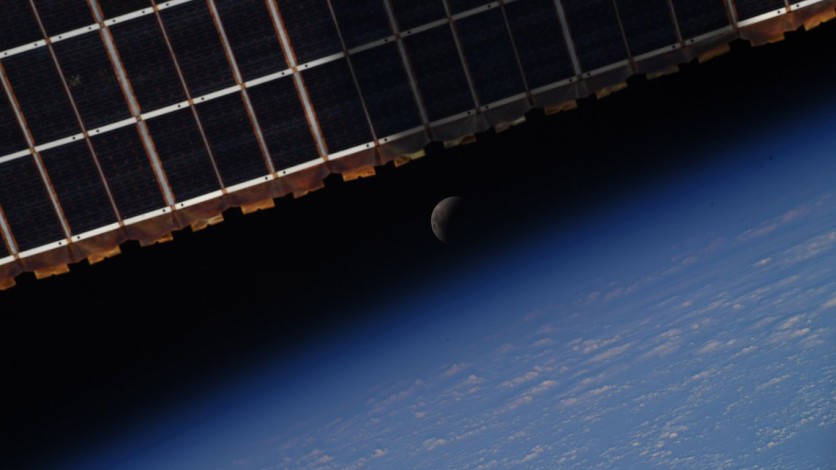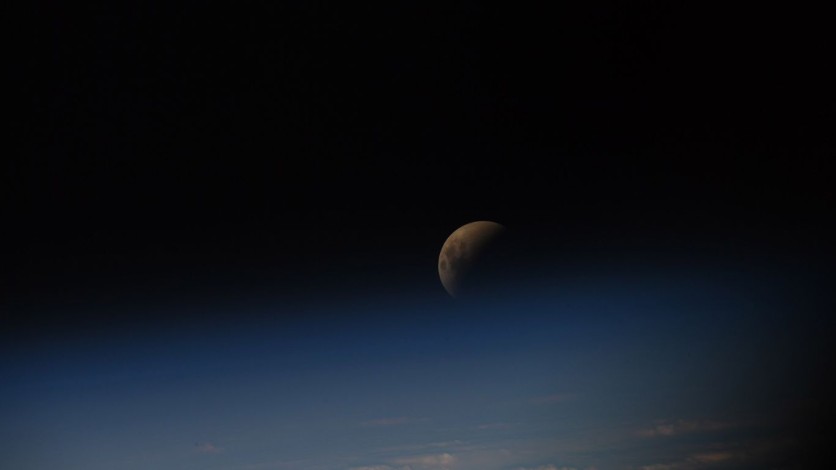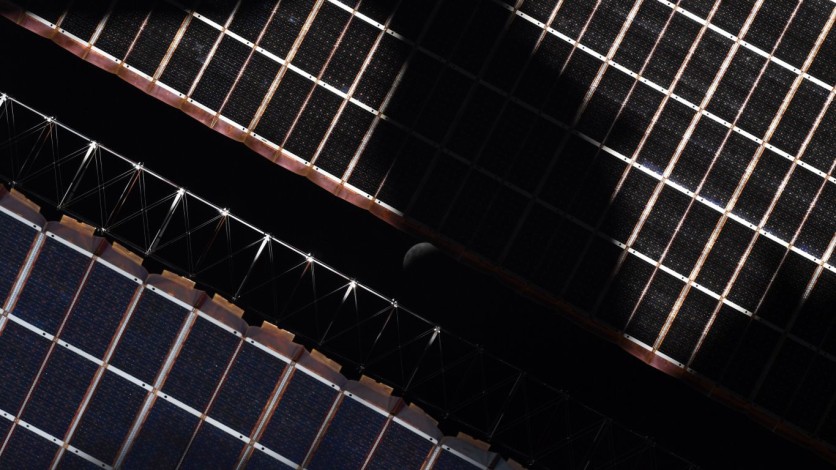Have you ever wondered what a lunar eclipse looks like when you are in orbit? Luckily for astronauts at the International Space Station (ISS), they reveled in the fullest and most stunning views of the total lunar eclipse that took place on the night of Sunday, May 15.

Blood Moon in Space
European Space Agency's Samantha Cristoforetti tweeted several images of the stunning view on Monday, May 16, showing various stages of the Super Flower Blood Moon lunar eclipse while being framed by the space station equipment and the clouds from Earth hovering below.
"Were you lucky enough to be able to see the lunar eclipse last night? We were!" Cristoforetti wrote in a tweet.
Since the International Space Station completes an orbit around planet Earth every 90 minutes, the astronauts were able to watch several rounds of the lunar eclipse in its full spectacle. It is worth noting that the eclipse graced the skies on Sunday at 9:32 p.m EDT ( or 0132 GMT on May 16).

When the moon is swept in the lighter part of Earth's shadow, which is called the penumbra, it will stay there for more than five hours, and afterwards, it leaves the penumbra on the other side. Once the moon is completely covered by the umbra, which is the dark shadow of the planet, it will enter its total eclipse phase. The eclipse lasted for 85 minutes and was the longest in 33 years.
Skywatchers were on their feet and with their telescopes because during a total eclipse, the moon does not necessarily disappear from the sky, but instead, it turns bloody red. This effect is caused by the scattering of light by Earth's atmosphere and is also responsible for the "blood moon" title that is commonly used to name the fully eclipsed moon.
"Hide-and-seek With ISS"
Cristoforetti's snapshots feature the darkened moon when viewed through the space station's solar panels.

The astronaut captioned the photo with "a partially eclipsed moon playing hide-and-seek with our solar panel."
This highly anticipated space event was celebrated as the Super Flower Blood Moo. It is a historic moment since it logged the longest total lunar eclipse in 33 years, as noted by Space.com's skywatching columnist Joe Rao.
Rao noted that during the lunar eclipse, the moon spent about 85 minutes inside the Earth's umbra, compared to August 1989, when an eclipse lasted for 96 minutes.
Various parts of the globe were able to witness this spectacle, such as the Americas, Antarctica, Europe, Africa, and the East Pacific. New Zealand, Middle East, and eastern Europe had a subtle view of the penumbra, which is the lightest version of the eclipse.
If you missed the spectacular full lunar eclipse, the next one will occur on Nov. 8, which will peak above the Pacific Ocean, effectively favoring watchers from the western United States, Australia, and eastern Asia.
Follow Tech Times, to keep you posted on important space events!
Related Article : Invisible Space Walls' "Fifth Force" Discovery Could Solve Cosmology's Greatest Mystery
This article is owned by Tech Times
Written by Joaquin Victor Tacla
![Apple Watch Series 10 [GPS 42mm]](https://d.techtimes.com/en/full/453899/apple-watch-series-10-gps-42mm.jpg?w=184&h=103&f=9fb3c2ea2db928c663d1d2eadbcb3e52)



